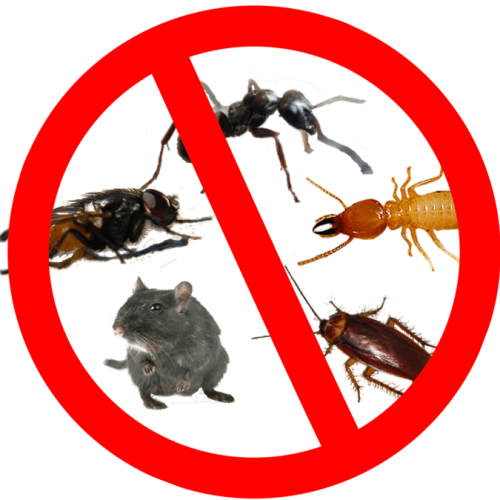Businesses often face the daunting challenge of dealing with pests in commercial settings. These unwanted intruders can jeopardize the reputation and operations of establishments. They pose significant health and safety risks to employees and customers. Pests can result in property damage, food contamination, and the spread of diseases. Commercial establishments in Louisville need effective pest control strategies to ensure a pest-free environment and maintain the integrity of their businesses.
This article aims to provide valuable insights into effective commercial pest control techniques. Specifically tailored to the unique needs of businesses in Louisville. By understanding the common pests in the area, adopting Integrated Pest Management (IPM) approaches, and implementing preventive measures, businesses can outsmart pests and create a safe and hygienic environment. Explore the techniques to help businesses combat these unwelcome visitors and ensure successful pest control in Louisville.
Understanding Common Commercial Pests
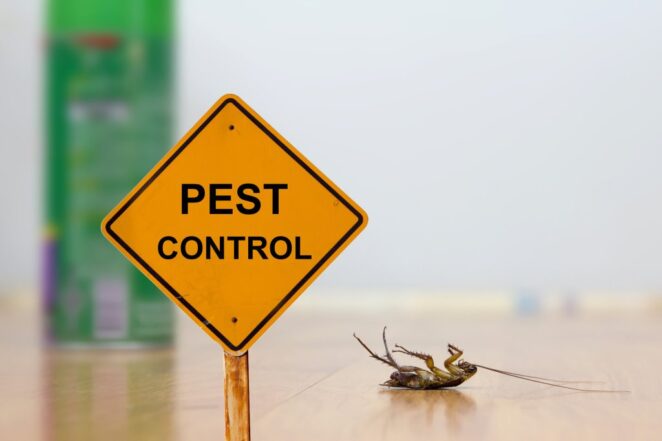
To combat pests, one needs to understand the common culprits that infest commercial settings. Some of the most common pests in commercial environments include rodents, cockroaches, flies, ants, bed bugs, and termites. These pests can cause property damage, contaminate food, and spread diseases. Being familiar with the risks associated with each pest helps develop appropriate pest control strategies.
Integrated Pest Management (IPM)
Integrated Pest Management (IPM) is a highly effective and responsible approach to commercial pest control. Unlike traditional methods that rely on chemical pesticides, IPM focuses on long-term prevention and management. By combining proactive techniques like regular monitoring, thorough inspections, and targeted pest identification, IPM addresses the root causes of infestations.
IPM emphasizes non-chemical methods such as physical barriers, improved sanitation practices, and natural pest predators. With ongoing monitoring and data collection, businesses can fine-tune their strategies and respond to emerging pest issues. IPM offers a sustainable solution for maintaining a pest-free environment while minimizing environmental impact by prioritizing prevention and reducing reliance on chemicals.
Inspection and Identification
A crucial step in any successful pest control program is a thorough inspection and accurate identification of pests. Regular inspections should be conducted to identify signs of infestation, locate entry points, and assess the extent of the problem. Trained professionals can use various tools and techniques to identify pests, such as monitoring traps, pheromone traps, and microscope analysis. By identifying the specific pests present, targeted control measures can be implemented.
Preventive Measures
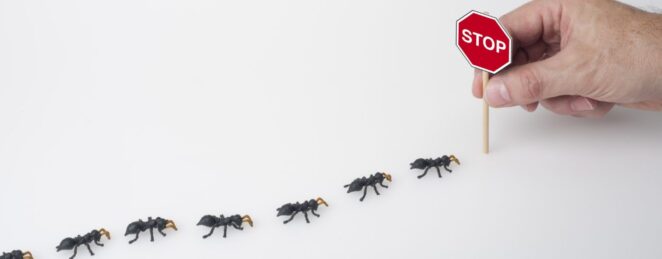
Prevention is always better than cure when it comes to pest control. Implementing preventive measures is an effective way to reduce the likelihood of pest infestations. Some preventive techniques include:
- Seal entry points: Pests often gain access through gaps, cracks, and openings. Seal all potential entry points using caulk, weatherstripping, or mesh screens.
- Proper waste management: Regularly remove trash and maintain clean garbage areas. Seal garbage cans tightly and consider using pest-resistant bins.
- Sanitation practices: Keep the premises clean and free of food debris. Regularly clean kitchen areas, dining spaces, and storage areas. Pay attention to areas where pests are commonly found, such as under sinks and behind appliances.
- Landscaping maintenance: Trim shrubs and trees away from the building to prevent pests from using them as pathways to enter.
Mechanical Control Methods
Mechanical control methods are non-chemical techniques used to eliminate or deter pests. These methods are often preferred in sensitive environments with limited chemical pesticide use. Some common mechanical control methods include:
- Traps and baits: Using traps and baits designed for each pest can help capture or kill them. This includes rodent traps, fly traps, and cockroach bait stations.
- Physical barriers: Installing screens on windows and doors, using air curtains, and sealing cracks with weatherstripping can prevent pests from entering.
- Light traps: Installing ultraviolet (UV) light traps can attract and trap flying insects such as flies and moths.
Chemical Control Methods
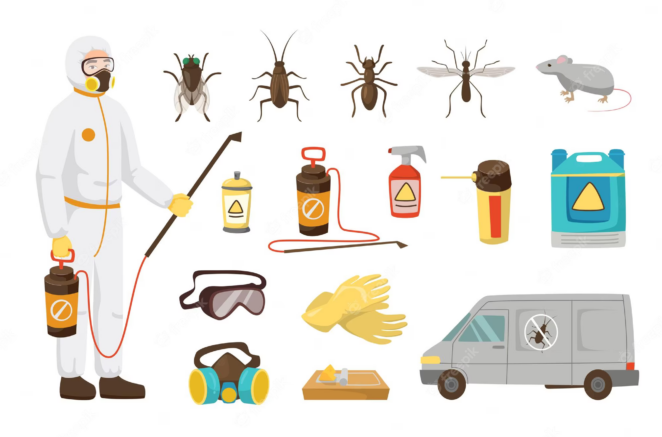
While non-chemical ways are preferred, there are times when chemical treatment is required. Pesticides must be used wisely, in line with safety rules and legislation. Professional pest control businesses can access a diverse selection of targeted and effective insecticides. They can select the best chemicals and application procedures for certain pests. That can also minimize environmental effects while maintaining human safety.
Chemical treatment should always be used with an Integrated Pest Management (IPM) strategy. One that includes preventive measures and non-chemical approaches. Finding a happy medium between chemical and non-chemical methods ensures effective pest control. It also stresses environmental sustainability and public health.
Training And Education
Training and education play a crucial role in ensuring effective commercial pest control. Educating all employees about pest prevention measures, early detection, and prompt reporting of any signs of infestation is essential. Training programs can be implemented to familiarize employees with pest identification, proper sanitation practices, and the safe use of pesticides.
Businesses empower employees to contribute to pest control by providing comprehensive training. This includes recognizing potential problem areas, maintaining cleanliness, and addressing pest-related issues. Businesses can prevent and manage pest infestations with a well-informed and vigilant team, creating a healthier and safer environment.
Regular Monitoring And Maintenance
Maintaining a pest-free environment requires consistent effort and vigilance. Regular monitoring and maintenance play a vital role in ensuring the effectiveness of pest control measures and keeping pests at bay. Conducting periodic inspections helps identify potential vulnerabilities and early signs of infestation.
Routine cleaning practices are essential for removing potential food sources, hiding spots, and breeding grounds for pests. Businesses can reduce factors that attract pests by regularly sanitizing and decluttering the premises.
In addition, reevaluating preventive measures is crucial for avoiding emerging pest issues. This involves assessing the effectiveness of existing controls, such as sealing entry points, installing screens, or implementing barriers. By identifying and addressing any weaknesses, businesses can reinforce their defense against pests and prevent new infestations from occurring. By committing to regular monitoring, thorough maintenance, and proactive adjustments to preventive measures, businesses can reduce the risk of pest problems.
Conclusion
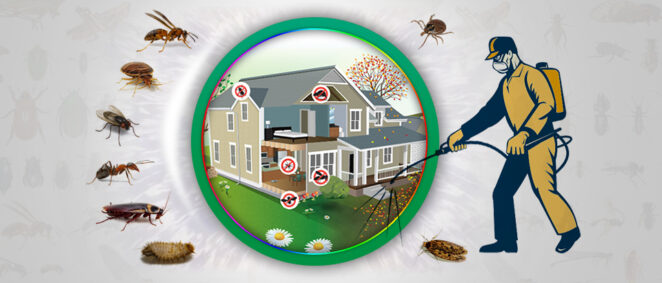
Commercial pest control demands a combined strategy. The strategy combines preventive measures, precise identification, and targeted pest treatment procedures. Businesses may outwit pests and maintain a healthy, pest-free environment for their employees and consumers. They can do so by employing Integrated Pest Management (IPM) methods. It is important to point out the importance of preventive intervention. These elements are crucial to getting effective pest management outcomes. Businesses can combat pests and provide a safe and comfortable environment by taking a proactive and well-rounded approach.



